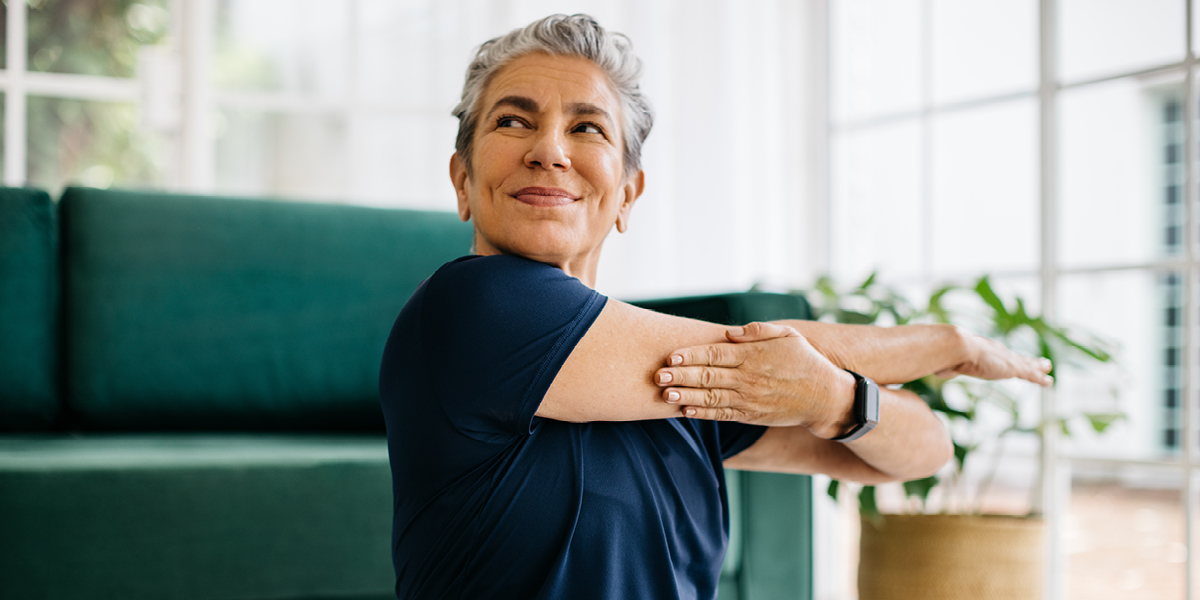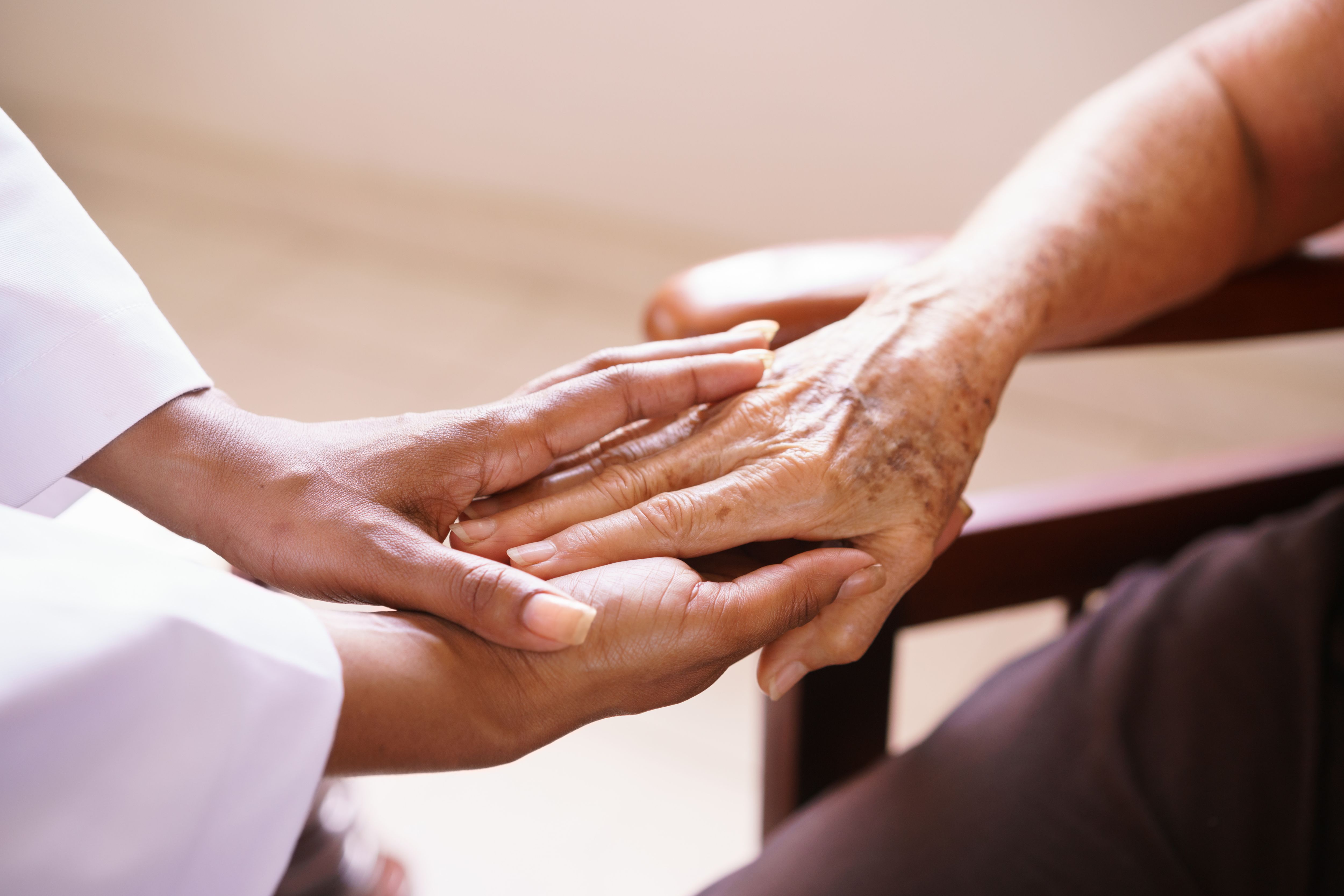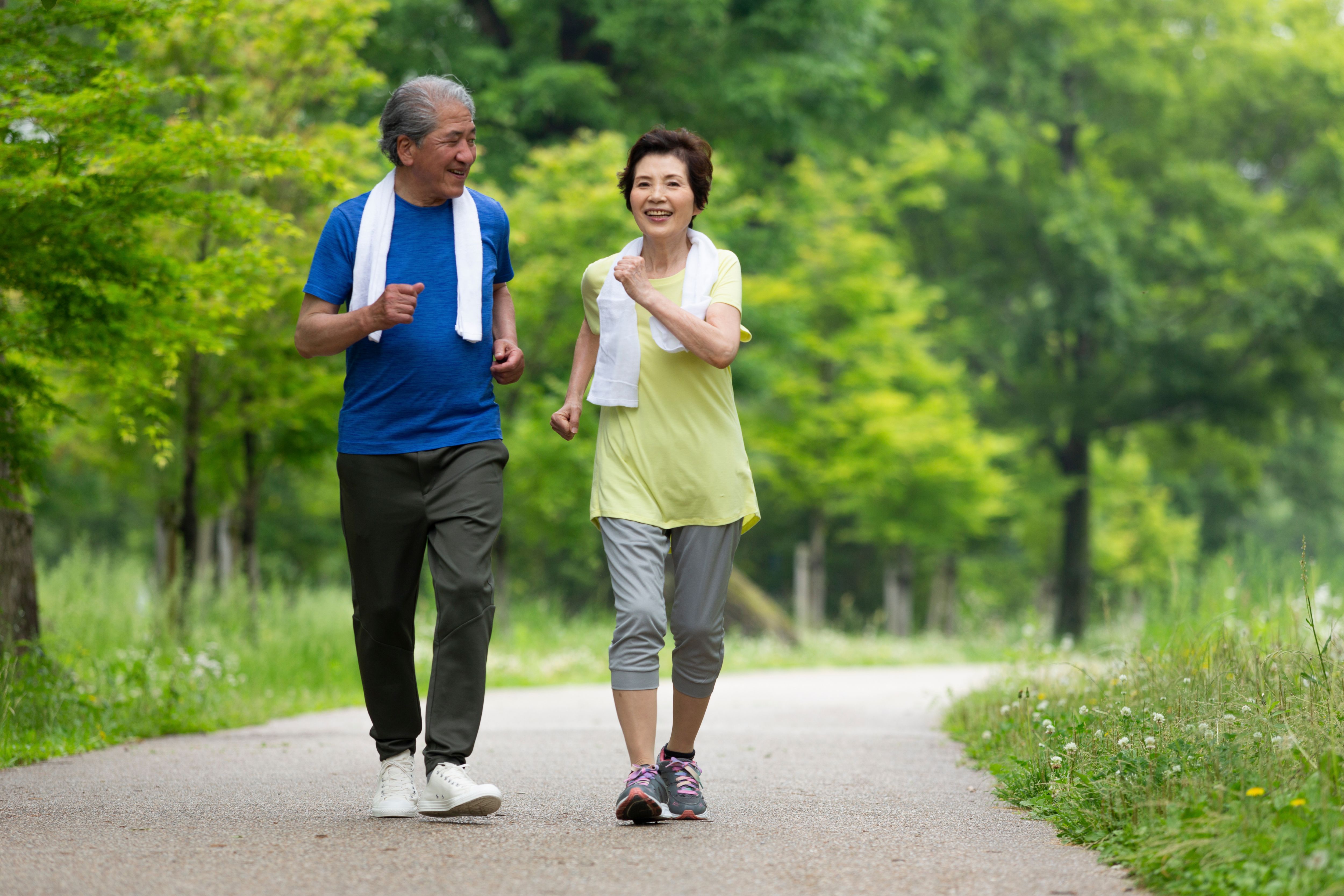Bones are a fascinating part of human anatomy. A body has 206 bones, and oddly enough, that’s nearly 100 fewer bones than at birth with 300 bones. The change happens because bones grow, fuse, and regenerate over a lifetime.
Bones provide structure, protection, and movement, but they also store essential vitamins and minerals, and bone marrow which contains red blood cells and platelets. Like every other part of the body, bones need good nutrition to stay strong and regenerate.
Learning about nutrition for bone health during younger years can help prevent bone loss in later years.



